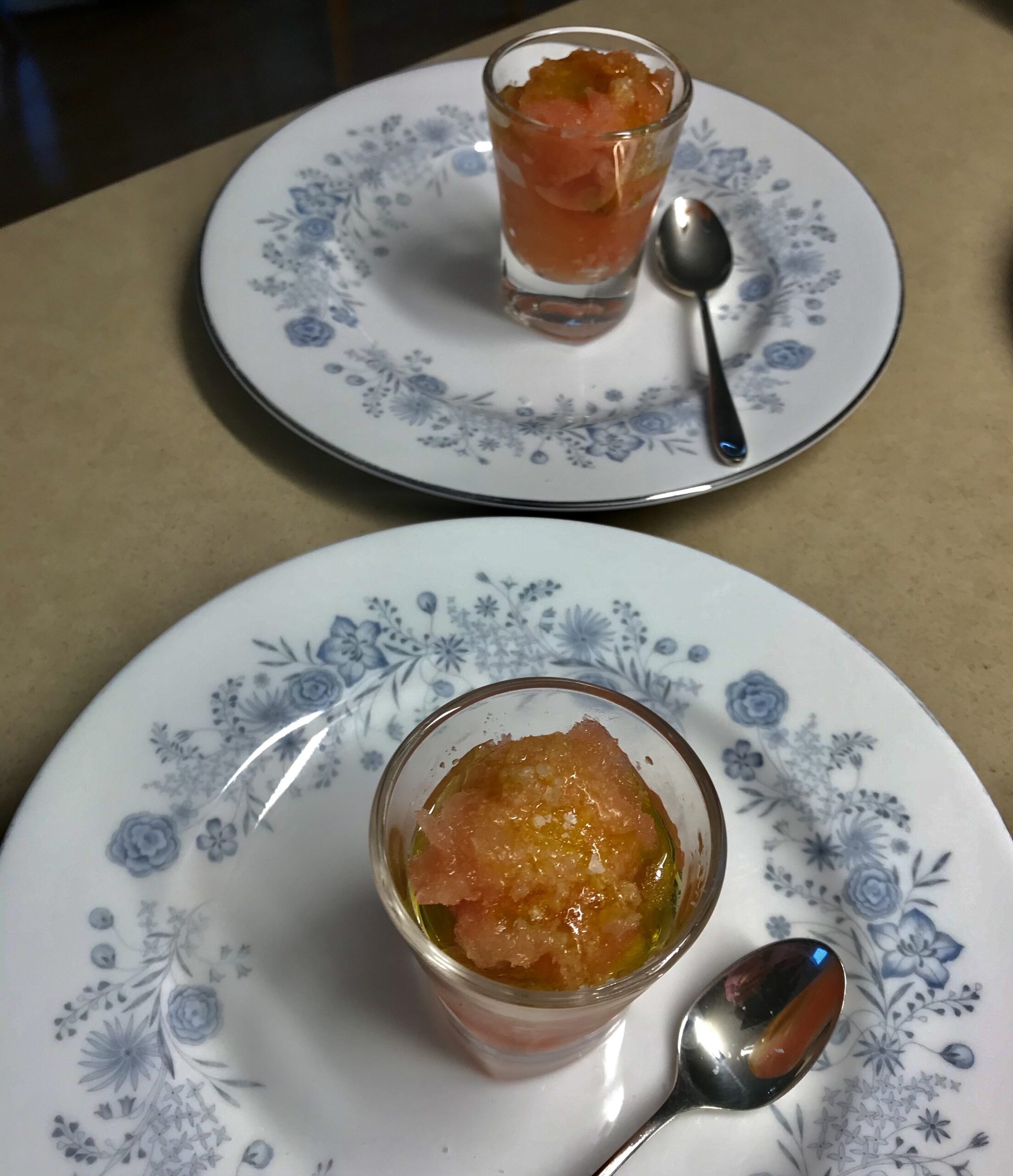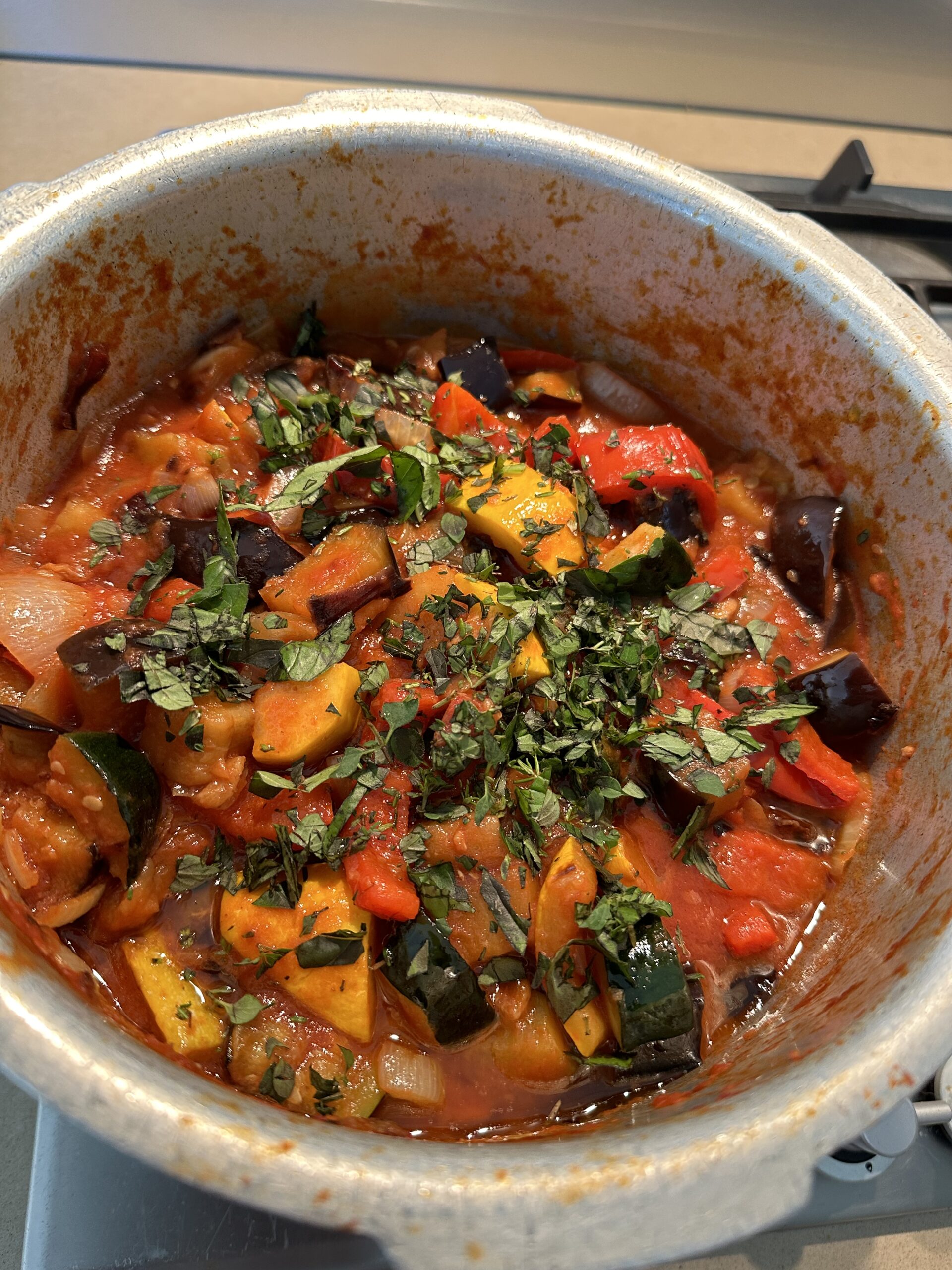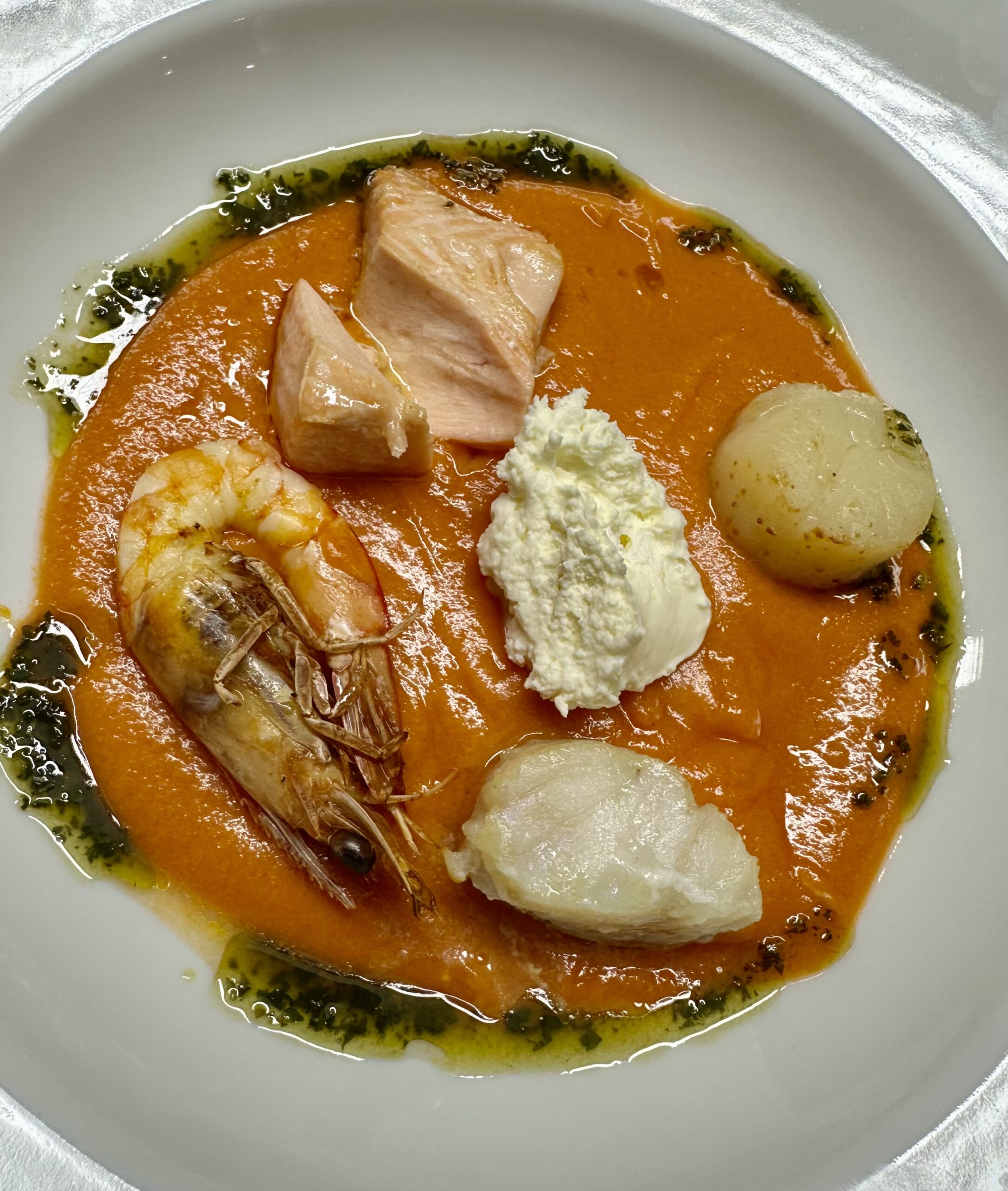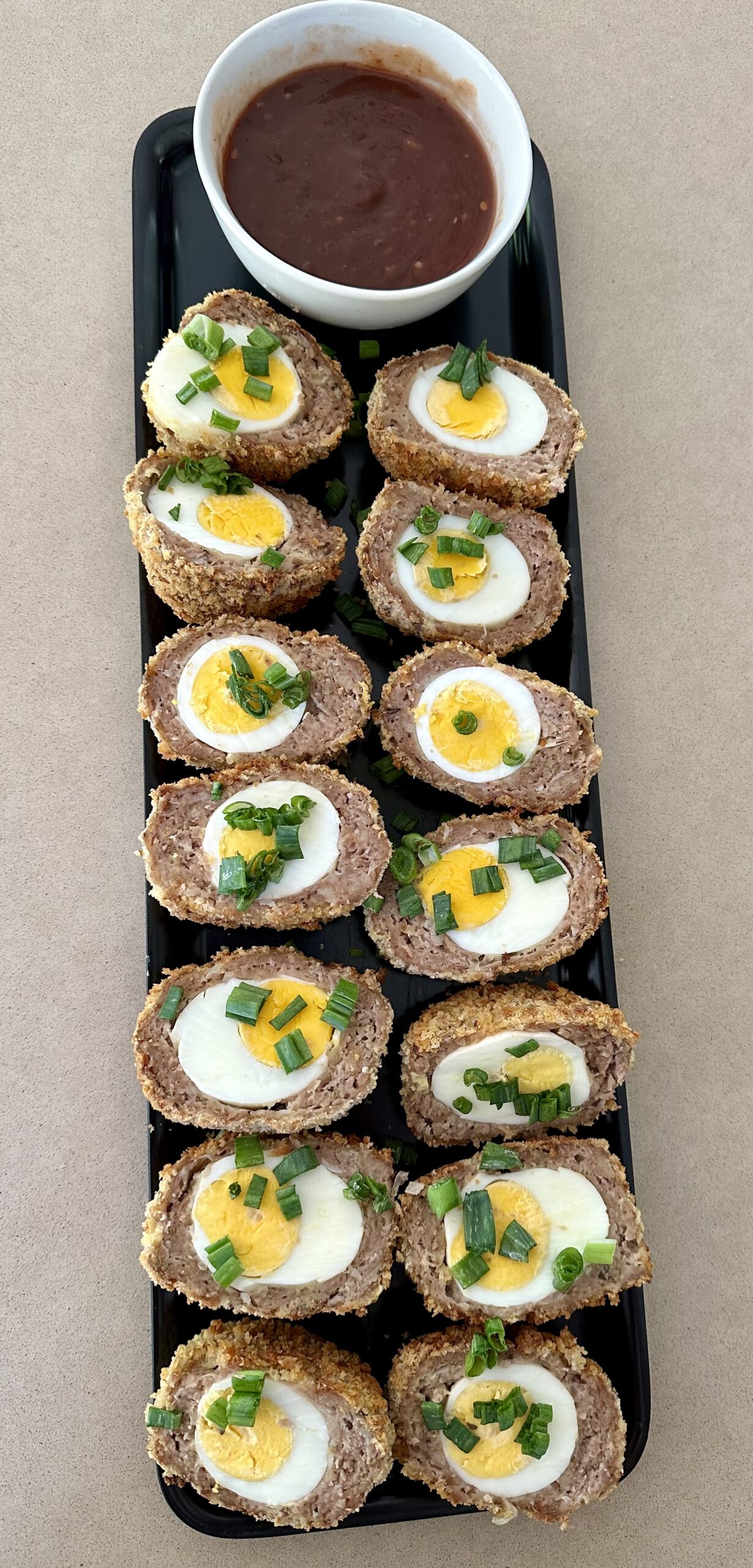This recipe is just French toast made with wheat tortillas instead of bread.
But it’s a brilliant idea. So if you’re looking for a quick and tasty idea for Sunday breakfast or brunch, or a quick snack to feed the grandkids when they call in, look no further.
The time-saving idea of turning a packaged tortilla into a light and fluffy pancake was invented by the late Kenny Shopsin, a self-taught cook who ran a grocery store and restaurant in New York, with his wife Eve. Kenny was a colourful character who had certain rules, for example anyone using a mobile device rather than engaging in conversation risked being kicked out. Since his death in 2018, the business has been run by his daughter Tamara and her two siblings.
I’m going to try making a savoury version, so watch this space.
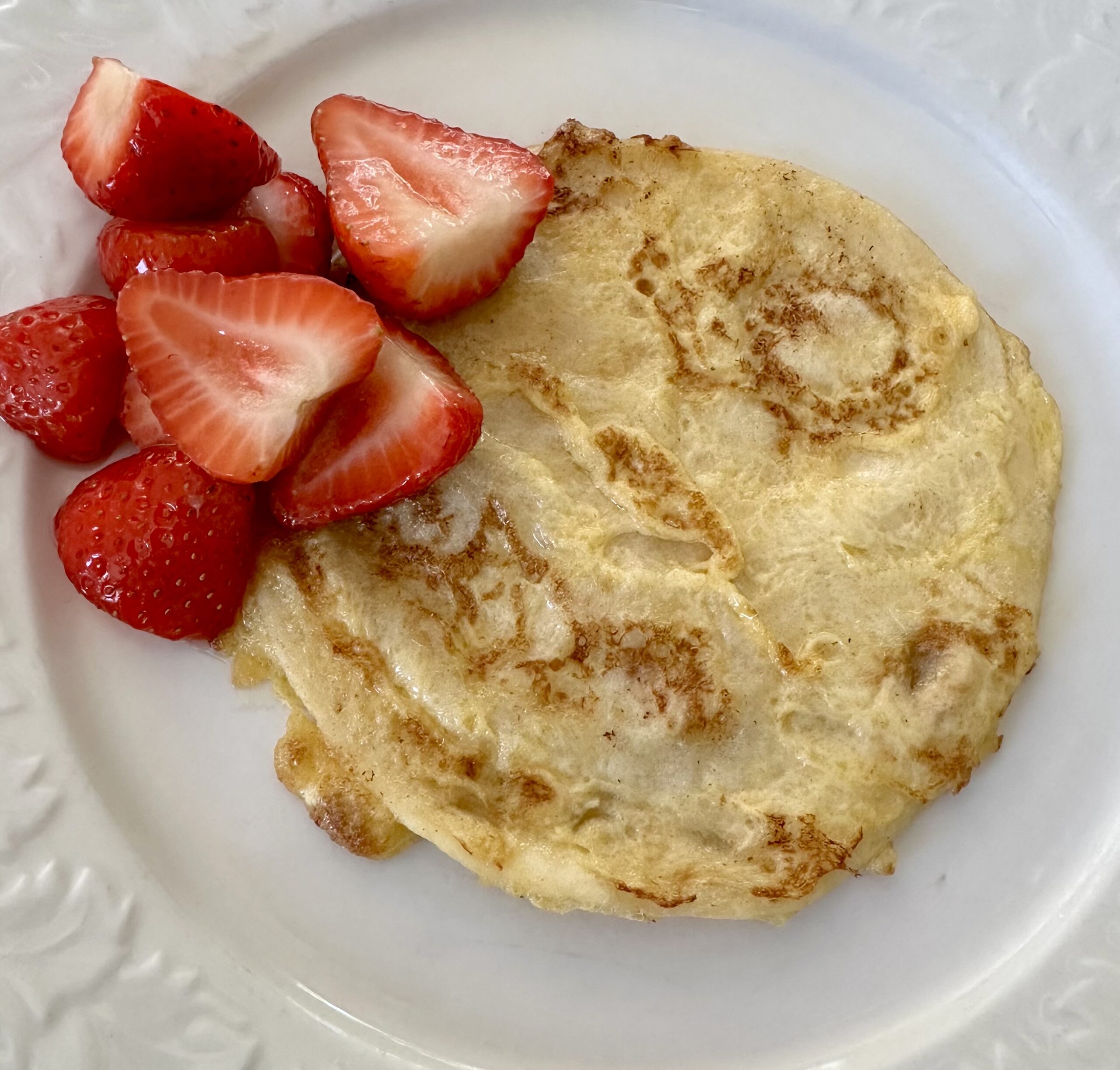
1 punnet strawberries
2 tsp runny honey
2 Tbs cream
2 eggs
2 tsp maple syrup
1 packet thin wheat tortillas or soft tacos
Butter for frying
Extra maple syrup or honey to serve (optional)
Wash the strawberries, then halve or slice into a bowl. Drizzle with a little honey.
In a bowl wider than the tortillas, beat cream with eggs and maple syrup using a fork. Add one tortilla and turn to coat. Leave it submerged while you heat a little butter in a small non-stick frying pan. When the tortilla is well soaked, drain off excess egg mixture and place the tortilla in the pan. Cook until golden and puffed one one side, then turn and cook on the other side. Cook remaining tortillas. The egg mixture will be enough for 4 tortillas – maybe more – depending on their size.
Serve two tortillas per person, garnished with the strawberries. Drizzle with extra maple syrup or honey, if liked.
Serves 2

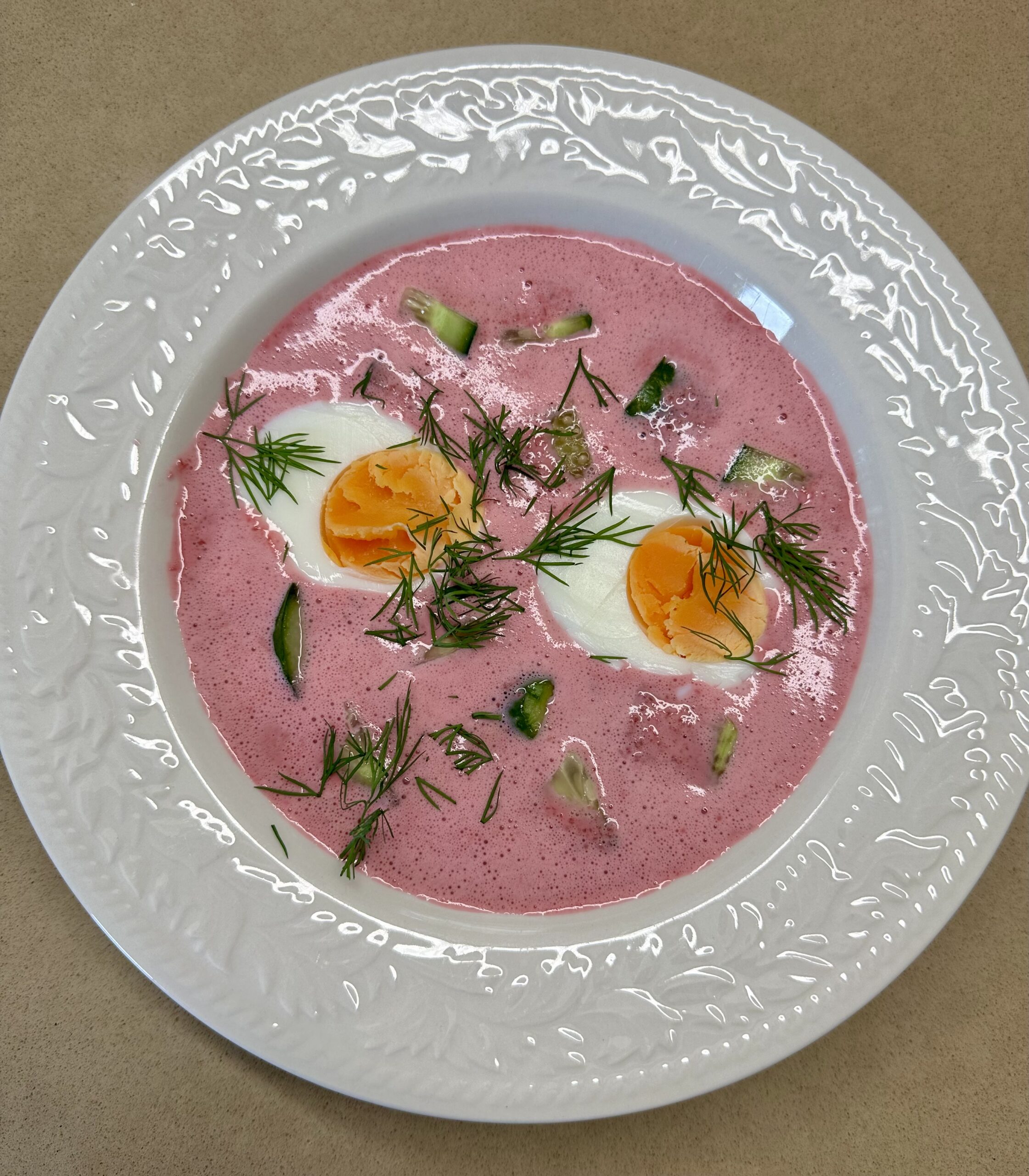 500g cooked, peeled beetroots
500g cooked, peeled beetroots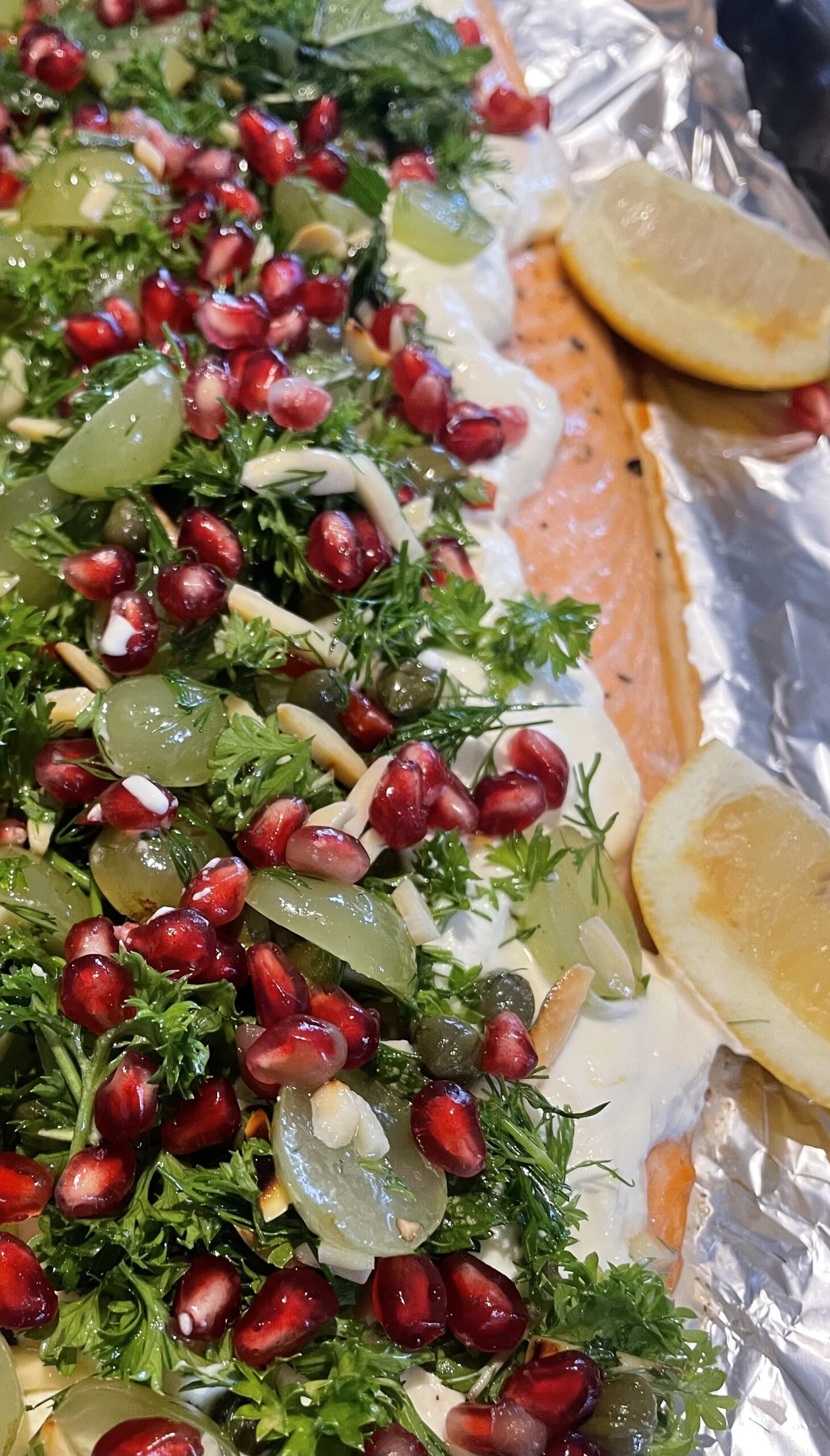
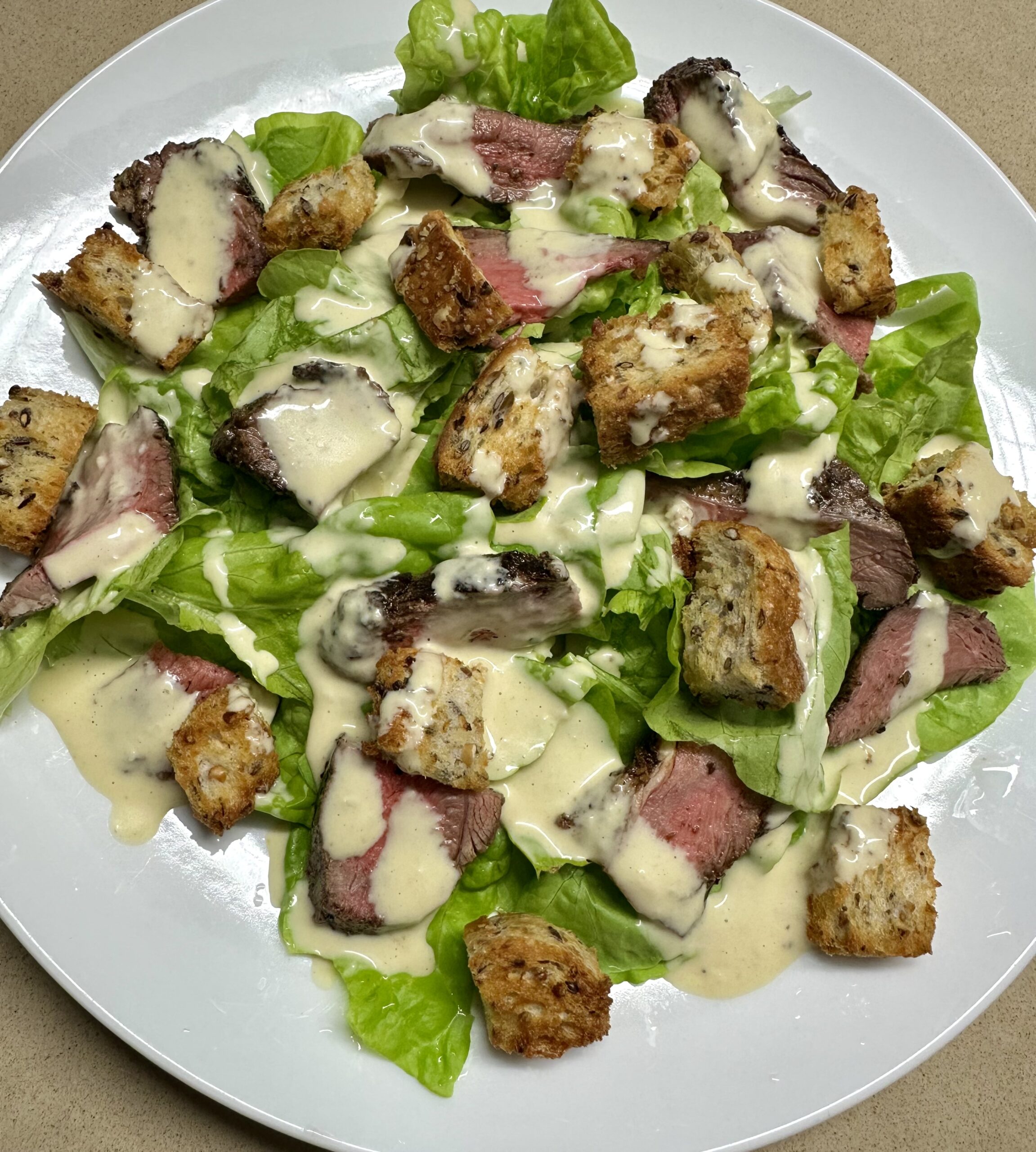

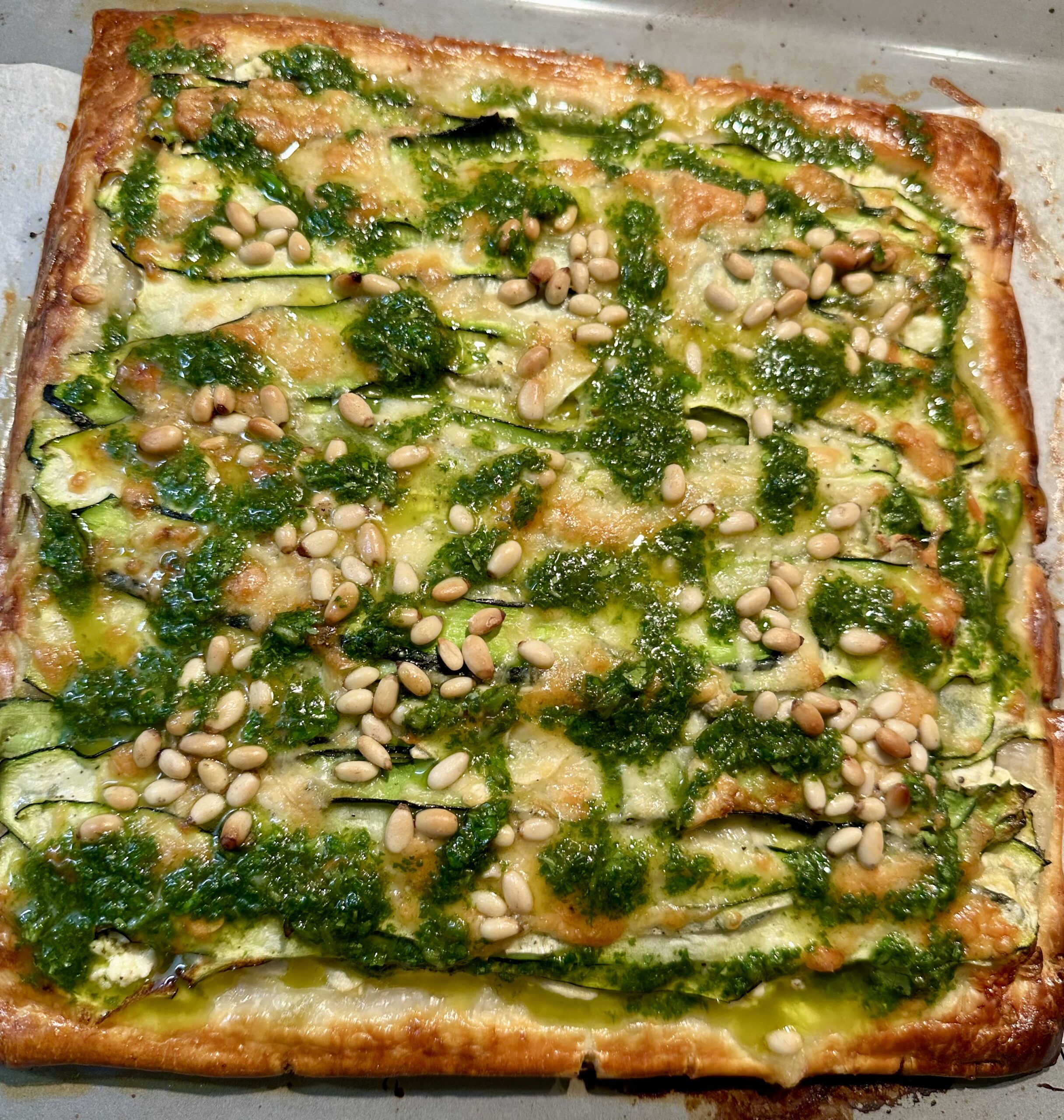 1 sheet of ready-rolled puff pastry
1 sheet of ready-rolled puff pastry